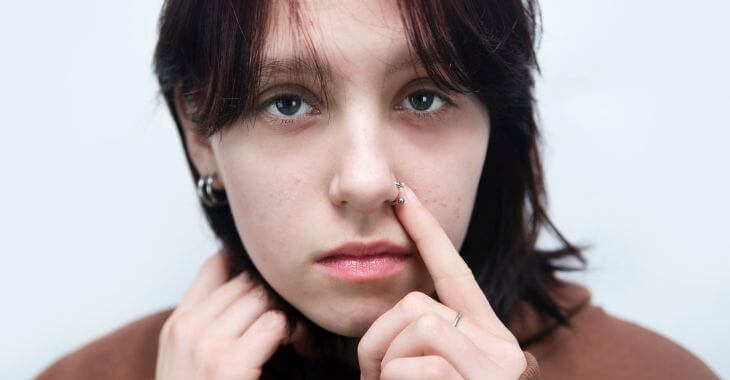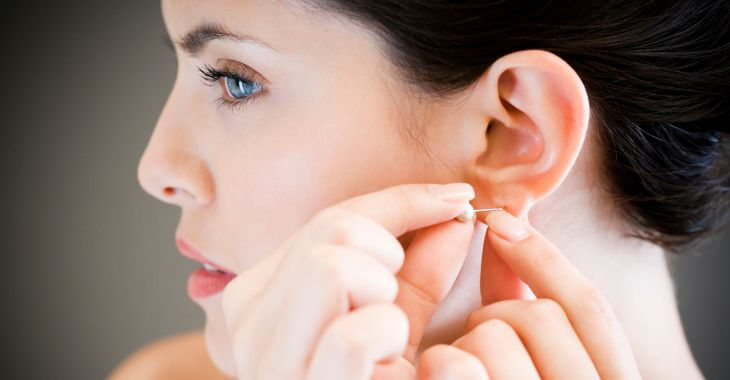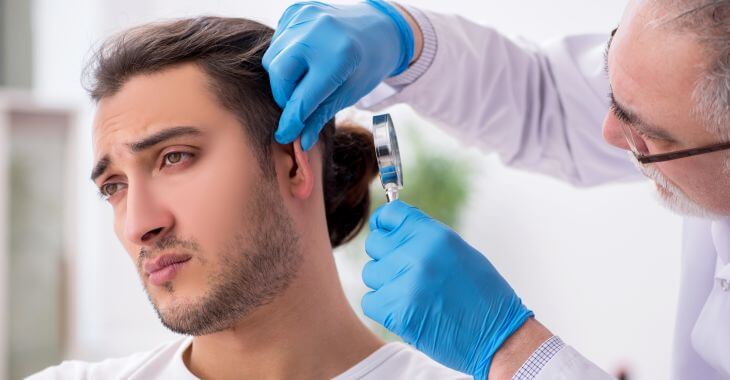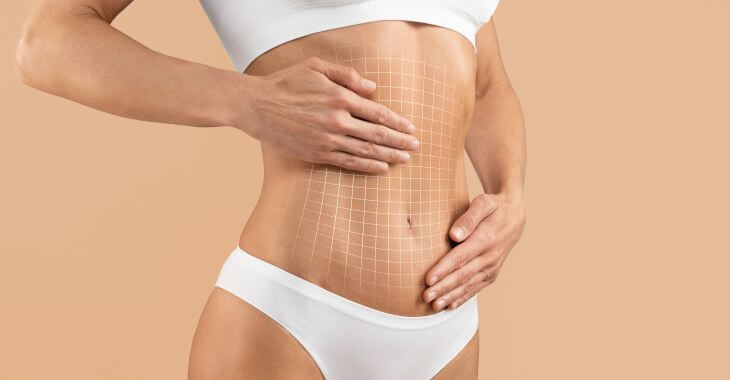The Difference Between Keloid vs Irritation Bump After a Piercing

If you’ve developed a bump near your piercing, it’s natural to wonder: is it serious or something temporary? When it comes to irritation bump vs. keloid, knowing the difference is key to proper care. Both look similar at first glance, but they are very different conditions.
What Is a Piercing Irritation Bump?
A piercing irritation bump is a small, soft lump that forms around the site of the piercing. It usually appears days or weeks after getting pierced and is linked to trauma, poor hygiene, or jewelry issues. These bumps are typically harmless and fade with the right aftercare.
What Is a Keloid?
In contrast, a keloid is a dense, raised scar that forms due to an overactive healing response. Keloids continue to grow past the original wound site and may become painful, itchy, or firm. They can take months to appear and often need medical intervention to treat.
How the Body Responds to Injury
Understanding piercing irritation bump vs keloid starts with how your body reacts to wounds. An irritation bump is your body saying something’s wrong at the surface, like friction or a minor infection. A keloid is your body going overboard with collagen during healing.
Appearance: How to Spot the Difference
Appearance matters in telling them apart. Irritation bumps are often red or flesh-toned and sit close to the piercing. They might drain fluid and shrink over time. Keloids are thick, shiny, and grow larger than the piercing area. They don’t usually ooze and are tough to the touch.
Timing: When Do These Bumps Form?
Timing is another clue. Irritation bumps usually show up quickly, within a few days to weeks. Keloids often emerge slowly, taking months or even a year to fully form after the piercing. This time difference can help you identify what you’re dealing with.
Location and Risk Areas
Location can also influence what forms. Earlobe piercings are more likely to develop keloids, especially in people predisposed to them. Cartilage piercings, on the other hand, often experience irritation bumps due to increased friction and pressure from jewelry.
Symptoms: What Do They Feel Like?
When debating piercing irritation bump vs keloid, it’s also worth noting pain and discomfort levels. Irritation bumps might feel sore or tender but usually don’t hurt much. Keloids can be itchy, painful, and affect daily life if they become large or infected.
Who Is Most at Risk for Keloids?
Genetics play a huge role. According to the American Osteopathic College of Dermatology, keloids are more common in people of African, Hispanic, or Asian descent. Studies show that about 10% of people in these groups may develop keloids from skin trauma.
Piercing Irritation Bump vs Keloid: Treatment Differences
While irritation bump vs keloid sounds like a simple choice, treating them differs greatly. For an irritation bump, the main fix is removing the source of irritation. That could mean switching jewelry, cleaning gently, or avoiding trauma. With time, these bumps shrink.
Keloids, unfortunately, don’t respond to the same treatment. They often require steroid injections, silicone sheets, cryotherapy, or even surgical removal. However, removal isn’t always permanent—keloids have a 45–100% recurrence rate depending on the treatment used.
Prevention for High-Risk Individuals
For people prone to keloids, prevention is critical. If you’ve had keloids before, it’s usually best to avoid piercings altogether. If you still want one, speak with a dermatologist first. Some people pre-treat the skin with steroids or pressure earrings to reduce the risk.
Don’t Confuse Normal Healing With a Problem
Don’t confuse normal healing signs with either condition. Some redness, swelling, and light crusting are normal during the early stages of healing. These symptoms usually fade after a few weeks. It’s when swelling becomes excessive or prolonged that you should consider other causes.
How to Prevent Irritation Bumps
Proper hygiene and aftercare can prevent most irritation bumps. Use saline soaks, avoid touching the piercing, and don’t change jewelry too soon. Stick to implant-grade metals like titanium or niobium to reduce allergic reactions and friction.
When to See a Professional
If you’re unsure about irritation bump vs keloid, consult a professional piercer or dermatologist. A trained eye can often tell the difference just by sight and touch. In some cases, a biopsy or imaging may be needed to rule out more serious skin conditions.
Some people try home remedies like tea tree oil or chamomile for bumps. While these might help with mild irritation, they won’t shrink a true keloid. Worse, harsh products can irritate the skin further. Always consult a professional before using DIY treatments.
Know What You’re Dealing With
In summary, while both irritation bumps and keloids are responses to piercing trauma, they differ in cause, appearance, treatment, and severity. Knowing what you’re dealing with helps you avoid complications, get proper care, and make informed decisions about body mods.

If you’re deciding whether to get a piercing—or figuring out what that bump on your ear is—understanding the difference between piercing irritation bump vs keloid can make all the difference. Don’t guess. Learn the signs, listen to your body, and get the right help early.
The information provided on this website, including text, graphics, images, and other materials, is intended solely for informational purposes and should not be used as a substitute for professional medical advice, diagnosis, or treatment.




)